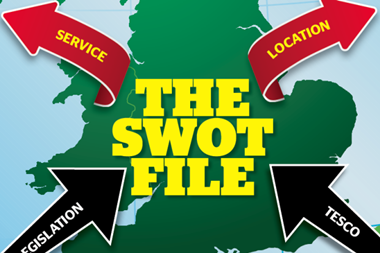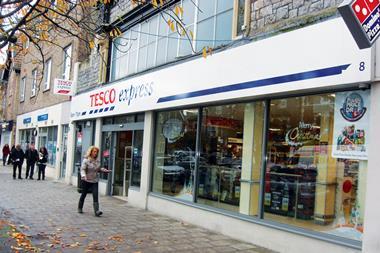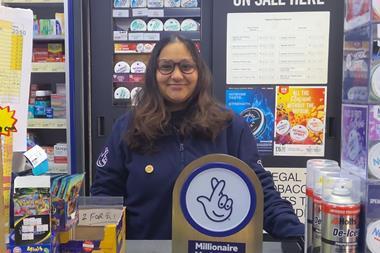S.W.O.T file - Weaknesses

Small stores will always be at a disadvantage when it comes to being able to offer loss leading prices and endless store space, but these limitations can be overcome.
ALREADY HAVE A REGISTERED USER ACCOUNT? PLEASE LOG IN HERE
To read the full story join the ConvenienceStore.co.uk community today!
Registration is quick and easy and provides access to:
- Unlimited ConvenienceStore.co.uk articles
- Our great range of newsletters
- Content you’ve saved for later via the ‘my library’ feature
And much more…





























